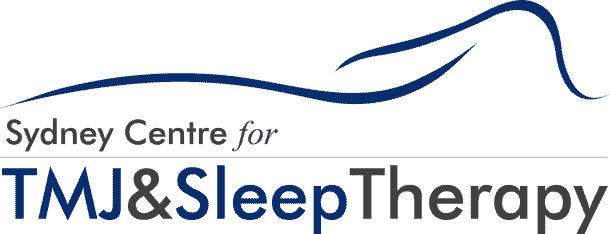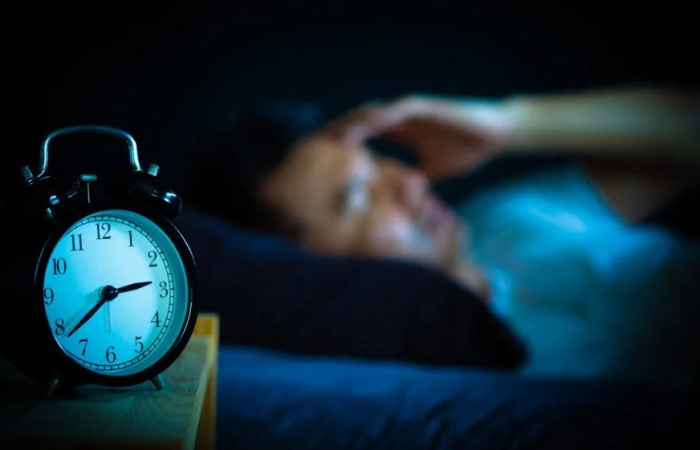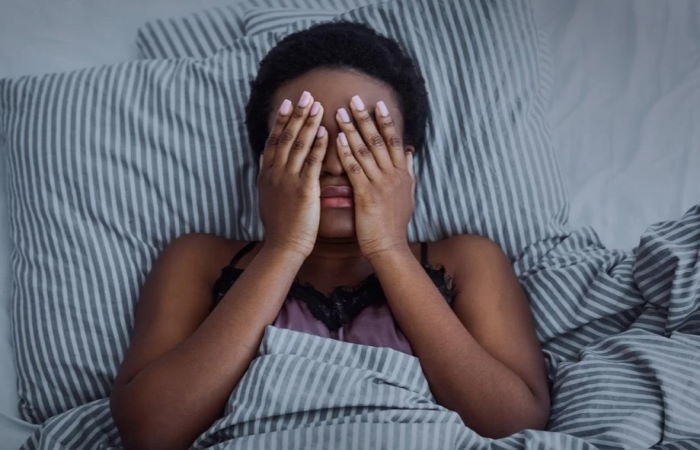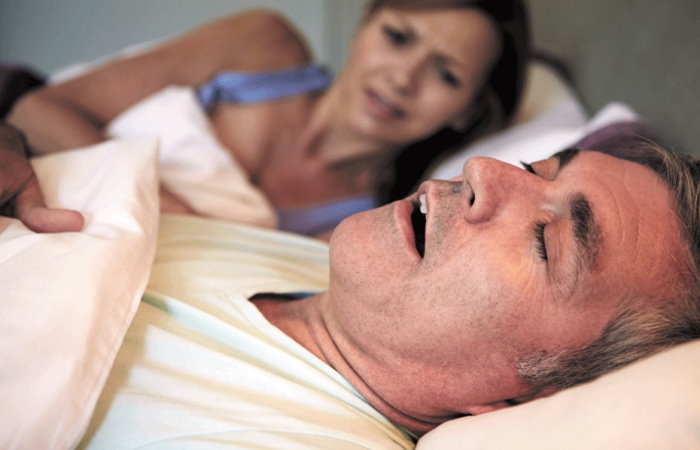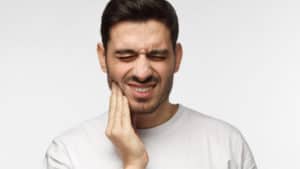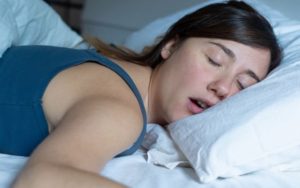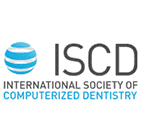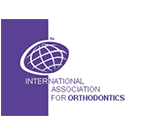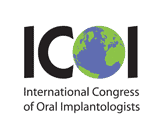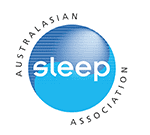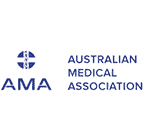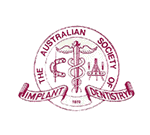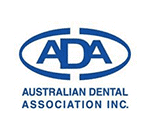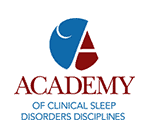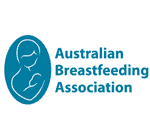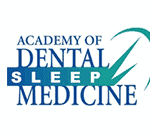Research shows that almost the same number of people who sought treatment for sleep apnea, were also found to have insomnia, and vice versa. So what’s the difference between insomnia and sleep apnea? How are they connected (if they are connected at all)? This guide has everything you need to know about these two common sleep disorders.
Insomnia and Sleep Apnea: Differentiating Between the Two
Insomnia in a nutshell
Insomnia is a sleep disorder characterized by difficulty falling and/or staying asleep. It can be short-term (a few nights per week, also known as acute insomnia), or chronic (several weeks, months, or even years).
While an occasional night of sleeplessness is not considered to be insomnia, many people will experience acute insomnia in their lifetime for various reasons. Acute insomnia is when one experiences sleeplessness for about three nights per week for up to three months. The reasons can vary from too much excitement, or stress, to trauma. It can also be a result of environmental change (moving to a different time zone) or simple changes in the daily schedule.
If insomnia lasts for more than three months, that is considered to be chronic. Over time, the effects of these sleepless nights add up, causing major health effects on the body, both cognitive and physical. Some of the most common symptoms include daytime fatigue or sluggishness, difficulty concentrating and remembering, poor school or work performance, brain fog, irritability, moodiness, etc.
Since insomnia prevents one from getting a good night’s sleep, it prevents the body from regulating and repairing itself, which is a natural occurrence during sleep. This results in serious health complications like hypertension, heart disease, heart arrhythmia, problems with pain, asthma or breathing problems, issues in the immune system, chronic pain issues, etc.
Sleep Apnea in a nutshell
Sleep apnea is a sleep disorder that interferes with one’s breathing pattern. It is characterized by excessive and loud snoring. The most common type of sleep apnea is Obstructive Sleep Apnea (OSA). Snoring occurs when there is a repeated pause in breathing during sleep, which is caused by a blockage in the upper airways. The blockage happens when the soft tissues located at the back of the throat collapse and obstruct the airway, causing a turbulent airflow in the air passage known as snoring. It can also be caused by excess fat around the air passage that narrows the airways.
OSA is a serious medical condition. People with this sleep disorder suffer from multiple symptoms aside from snoring. The repeated pauses in the breathing force the brain to send a “fight or flight” signal to the body, forcing the body to jolt to try to wake up and gasp for air to restore normal breathing. The pauses in breathing and jolting of the body happen multiple times a night, causing a huge amount of stress on the nervous system.
And since snoring disrupts normal breathing, the body is unable to take in a good amount of oxygen during sleep (oxygen desaturation, or lower level of oxygen in the blood). This lack of oxygen can lead to a myriad of serious health problems such as heart disease, hypertension, dementia, type 2 diabetes, and obesity. There are also common symptoms of sleeplessness that one may experience during the daytime such as sluggishness, increased stress, attention, concentration, and memory problems, brain fog, irritability, and decreased libido.
.
Difference between Insomnia and Sleep Apnea: The link
Understanding the link between the two may be confusing as their characteristics and nature are quite different. However, both are sleep disorders that lead to an almost similar list of mental and physical symptoms.
Think of their connection as a car engine that has trouble starting. There could be a myriad of reasons for an engine not starting – from a dead battery, corroded cables or loose connections, faulty alternator, a problem with the starter, dirty spark plugs, or even cold weather. When mechanics investigate what is causing the problem in the engine, you think of the engine as sleep apnea and insomnia as the possible cause.
It’s the brain’s defense mechanism
The most common factor that links the two is how the brain actively prevents one’s ability to fall asleep to avoid sleep apnea. The brain recognizes sleep apnea as life-threatening. It works hard to keep the mind and body awake so induces insomnia.
This is why many experts also consider insomnia not a sleep disorder, but rather a symptom of another condition. Often, people with sleep apnea also report symptoms of insomnia. People diagnosed with sleep apnea, who are undergoing treatment, report episodes of insomnia in the early stages of the treatment.
In this case, you can consider sleep apnea as more of a physiological problem while insomnia is largely psychological.
One leads to the other, and vice versa
People suffering from insomnia have been found to have undiagnosed sleep apnea as well, such as upper airway resistance syndrome (UARS). This condition precedes sleep, causing one to wake up multiple times at night.
Another common symptom of insomnia is waking up too early in the morning, along with the inability to fall back asleep. Combine these with the episodes of disrupted sleep due to jolting and gasping for air, and it is likely that one can experience any of those episodes as a consequence of the other.
While health experts are yet to agree about the root of the causal relationship between insomnia and sleep apnea, one thing is clear. If you have one sleep disorder, there is a high risk you will eventually develop the other.
Insomnia and Sleep Apnea: Treating Conditions That Coexist
Treating both conditions can be pretty challenging due to the similarities of their symptoms that can be easily misattributed to each other. In cases where both conditions are present, effective treatment requires working with various specialists as the treatment for one may interfere with the treatment for the other.
Continuous Positive Airway Pressure (CPAP) therapy, for example, is the most common treatment for OSA. It requires wearing a mask connected to a machine that helps regulate proper breathing. The mask itself, however, can be uncomfortable during sleep, which may cause trouble sleeping and frequent awakenings, exacerbating insomnia.
Fortunately, there are many treatment options for sleep apnea that may be more effective in addressing insomnia, such as oral appliance therapy. This piece resembles a mouth guard that when worn at night, tilts the jaw a little forward to allow ample space in the airways to mitigate or prevent snoring.
Nevertheless, both insomnia and sleep apnea are treatable. But to get proper treatment, you need to consult a sleep specialist who can help guide you through the whole treatment process.
Find a sleep specialist today and get that good night’s sleep you deserve!
